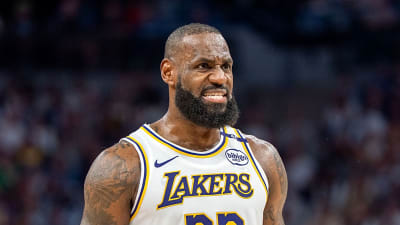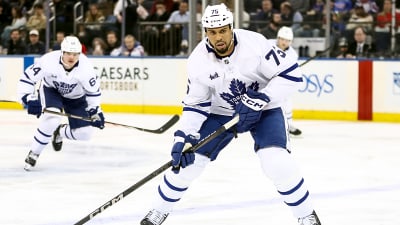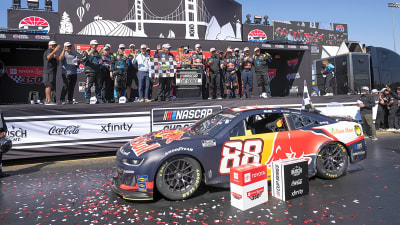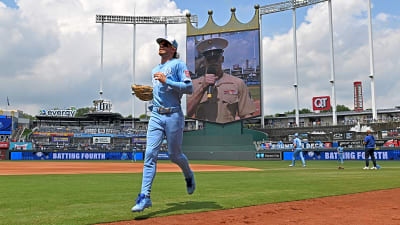
The Dallas Mavericks entered the 2025 NBA offseason with a renewed sense of optimism. After a seismic trade that sent franchise cornerstone Luka Doncic to the Lakers for Anthony Davis and other assets, the Mavericks aimed to recalibrate and contend immediately. With Kyrie Irving returning from injury and promising rookie Cooper Flagg ready to make his mark, Dallas seemed poised to build a unique blend of star power and youth.
However, beneath the surface of these headline moves lurks a critical flaw in roster construction that threatens to undermine their championship aspirations. As the dust settles on free agency, the Mavericks’ biggest mistake is becoming clear.
Strategic Moves and Modest Wins
So far, Dallas has navigated the offseason with a blend of prudence and strategic insight. Kyrie Irving’s choice to forgo his $43 million player option in favor of a new three-year, $119 million contract starting at $36.7 million proved beneficial for both sides. This deal granted the Mavericks and Irving greater financial flexibility to operate in free agency. That’s a rare advantage in contracts of this magnitude.
At the same time, D’Angelo Russell was brought back on a relatively modest $5.7 million contract. That’s significantly lower than his previous $18.7 million salary. This move positions him as a temporary solution at point guard while Irving recovers from his torn ACL.
Veteran Dante Exum also opted to rejoin Dallas over competing offers. He signed a veteran minimum deal. His playmaking ability and exceptional three-point shooting provide valuable depth. This is particularly true with Irving sidelined. Collectively, these decisions illustrate a careful yet deliberate roster-building strategy. It balances financial prudence with talent acquisition as the Mavericks await their stars’ return.
Here we will look at and discuss the biggest mistake that the Dallas Mavericks may have made during the 2025 NBA free agency.
Overloading the Frontcourt, Undermining Balance
Despite these positive steps, the Mavericks’ biggest error in the 2025 free agency period lies in their roster construction philosophy. Instead of addressing glaring needs in perimeter shooting, shot creation, and defense, Dallas doubled down on a roster overloaded with big men. The extension of Daniel Gafford and the decision not to trade any of their surplus forwards or centers has left the Mavericks with a frontcourt logjam. Sure, size can be an asset. However, the team’s lack of reliable guards capable of creating offense off the dribble is a glaring weakness. Russell stands as the lone exception, but his inconsistency and defensive liabilities limit his impact.
This imbalance is particularly problematic given the uncertainty surrounding Irving’s availability. Irving has publicly hinted that he may not play this season, casting doubt on the Mavericks’ backcourt stability. Meanwhile, promising rookie Cooper Flagg is expected to play out of position. He will likely start at small forward or even point guard. Those roles might not immediately translate into wins. Flagg’s development timeline does not align with the Mavericks’ current win-now window. That creates a disconnect between talent development and roster needs.
Defensive Deficiencies and the Perimeter Problem
The Mavericks’ defensive strategy hinges heavily on their size. However, this approach falls short against elite perimeter-oriented teams. The Oklahoma City Thunder, for example, have demonstrated how quicker, more versatile defenders can exploit Dallas’s lack of agility on the wings. Without perimeter defenders who can guard multiple positions effectively, the Mavericks risk being outpaced and outmaneuvered in critical playoff matchups.
Moreover, the Mavericks’ decision to prioritize size over shooting and shot creation undermines their offensive versatility. In an era where spacing and three-point shooting are paramount, Dallas’s roster lacks the reliable shooters and dynamic playmakers needed to consistently break down defenses. This deficiency limits the effectiveness of stars like Davis and Irving. They thrive when surrounded by shooters and creators.
A Risky Bet on the Present
Perhaps most concerning is the Mavericks’ apparent refusal to fully embrace a rebuild aligned with Flagg’s timeline. Instead of pivoting towards a youth-centric approach that could yield sustainable success, Dallas clings to a roster lacking coherence and championship-level defense. This gamble is risky, especially considering the health and longevity questions surrounding key veterans.
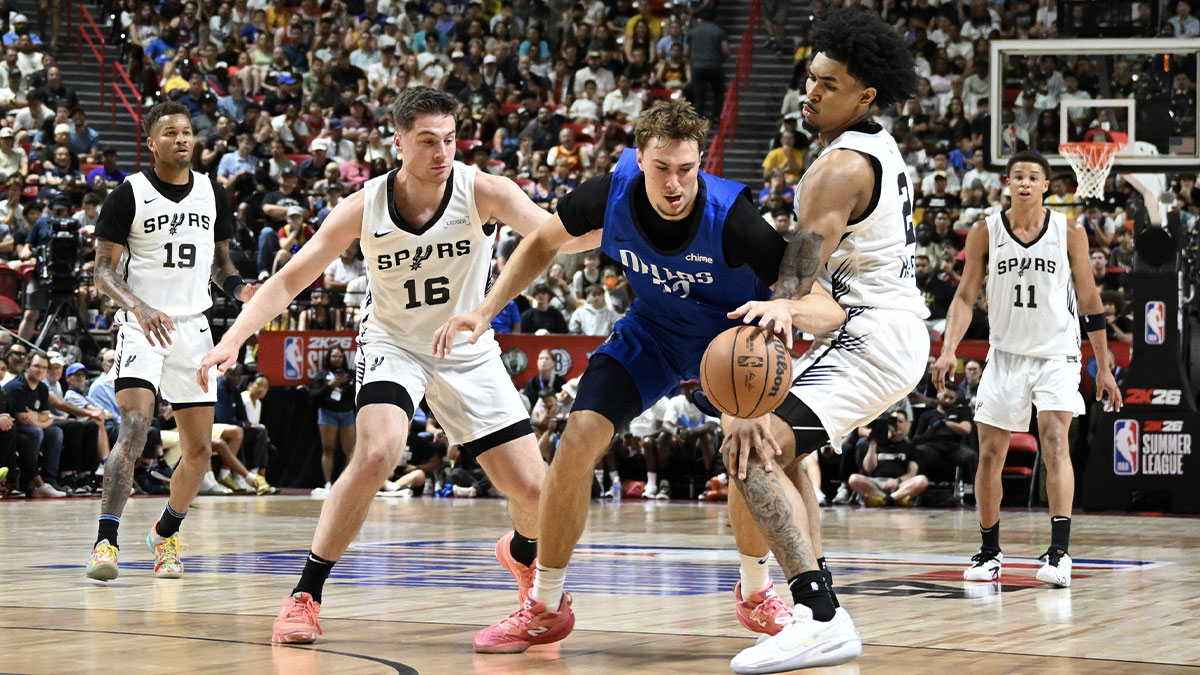
If Irving’s health falters or Anthony Davis’s production declines due to age and injury, the Mavericks could find themselves forced into a painful rebuild later than necessary. Such a scenario would have been avoidable had the front office chosen a more balanced approach in free agency. They should have prioritized perimeter shooting, defensive versatility, and long-term roster flexibility.
A Cautionary Tale for Dallas Mavericks
The 2025 NBA free agency period offered the Dallas Mavericks a chance to reshape their future. Yes, some moves provided short-term stability. That said, the overarching strategy reveals a critical misstep: overloading the roster with size at the expense of balance and versatility. This mistake could cost Dallas dearly as they chase a 2026 title amid a fiercely competitive Western Conference. Without addressing their perimeter weaknesses and defensive shortcomings, the Mavericks risk falling short of their championship ambitions and facing a difficult rebuild down the line. For now, the Mavericks’ gamble remains a high-stakes bet—one that may define their next several seasons.
More must-reads:
- Clippers, Suns accomplish offseason goals with Bradley Beal buyout, signing
- Former teammate shares why playing with LeBron James 'sucks'
- The 'Most points in a game by NBA team in 2024-25' quiz
Breaking News
Trending News
Customize Your Newsletter
 +
+
Get the latest news and rumors, customized to your favorite sports and teams. Emailed daily. Always free!
